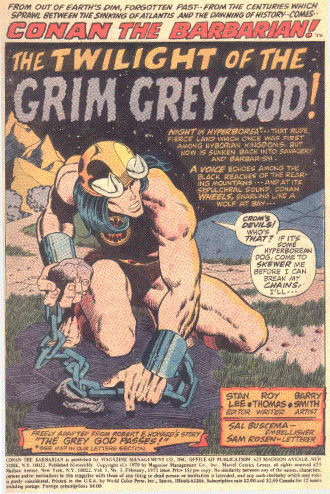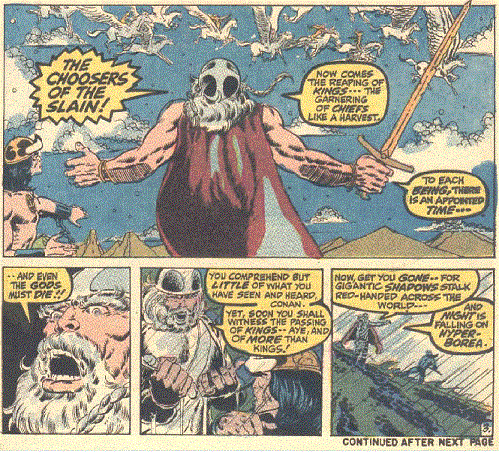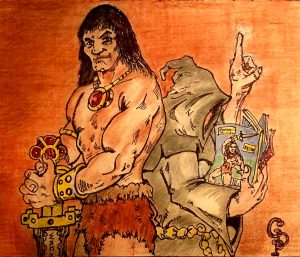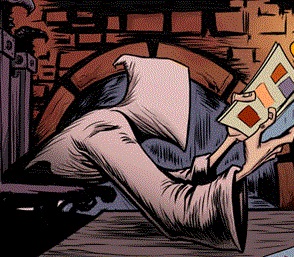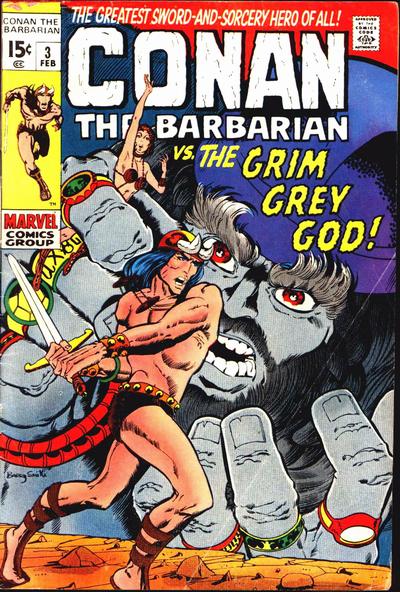
(EDITOR’S NOTE: Welcome to The Classic Conan Countdown, a series of reviews focusing on the original 275 issues of Marvel Comics’ Conan the Barbarian, which were published from 1970 to 1993. This is a review of Conan the Barbarian (Vol. 1) #3.)
By JOESEPH SIMON – PM Library Associate Editor
The third issue of Marvel’s Conan the Barbarian is intriguing both in the history of the book and in the story line itself.
Many heated arguments have been made on the Comic Book Price Guide website about its value and printing history. For decades, this issue was the second-most-expensive one in Marvel’s Conan series for collectors to acquire, right behind the debut first issue.
Overstreet claimed it was short printed. But you have to keep in mind that in the early 1970s, comic book information was based on regional placement, plus other facts and judgments cast upon scarcity of a particular comic that would increase or decrease its value.
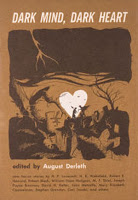 Chuck Rozanski, the owner of Mile High Comics, believes the speculation behind the “increased” value of Conan the Barbarian #3 was a joke on the retail level that was taken seriously. His thoughts and comments can be found on his website here.
Chuck Rozanski, the owner of Mile High Comics, believes the speculation behind the “increased” value of Conan the Barbarian #3 was a joke on the retail level that was taken seriously. His thoughts and comments can be found on his website here.
“The Grey God Passes” is adapted from the same-titled story (also released as “The Twilight of the Grey Gods”) by Howard that first appeared in a collection called Dark Mind, Dark Heart.
Should you attempt to read the source material, you might be surprised to find out Conan is nowhere to be found. The original story is a fictionalized account of the very real Battle of Clontarf, written from Howard’s already established viewpoints and with the author adding fantasy elements which he obviously enjoyed employing.
Howard wrote another version of this story called Spears of Clontarf where he takes the fantasy elements out. Both feature Turlogh Dubh O’Brien, a recurring Howard character who is an outcast from the real historical figure of Brian Boru’s military. Turlogh is Howard-created, and all of the stories Howard wrote of Turlogh have been, like this one, adapted into Conan stories.
This issue is reprinted in Conan Saga #1, Savage Sword of Conan (Weekly) #3 and Essential Conan the Barbarian Volume 1.
REVIEW: Conan the Barbarian #3
Conan #3 begins with Conan having escaped the clutches of Hyperborean slave traders. For those of you who are continuity minded, this is told in flashbacks. It is not a continuation of Conan the Barbarian #2.
One of his captors – a blond (who looks somewhat like Ka-zar) “who was handy with the lash” – has earned the ire of Conan. Having escaped, he now seeks to punish (kill) the blond slave trader and anyone else who held him captive. The Cimmerian’s escape leads him to the border of Hyperborea and Brythunia.
Conan, still in Hyperborean chains, meets an enigmatic man who initially goes unnamed until later in the story. Conan calls him the Gray Man. We will later learn his name is Borri Borri. Given this is an adaptation of the above mentioned Howard creation, writer Roy Thomas decided to rename Odin to the Gray Man, AKA Borri Borri or the Northern War God. Either way, there is no mistaking that this is Odin.
The Gray Man shares ominous warnings about “the passing of kings and of more kings.” Conan, being impulsive, starts making demands of the Gray Man, who in anger lifts his sword high above him as if to strike the barbarian. The Gray Man is quickly distracted when he sees twelve women each riding on flying horses overhead.
Instead of striking Conan, the Gray Man calls these women the “Choosers of the Slain” and says Conan should leave the land due to dangers that are coming. The twelve women are obviously Valkyries. This clearly furthers the idea that Borri Borri is Odin.
Conan does flee – and looking back, he sees that the Gray Man has grown to gigantic proportions.
The story then changes perspective for a moment. Now we see a Brythunian horseman thinking about an upcoming battle, nervous about the potential outcome. This man is Dunlang. After Conan explains his previous enslavement and escape from the Hyperhoreans to Dunlang, the pair decide to team up. Conan is ready for the chance to kill more of those who enslaved him, especially the blond slave trader. Dunlang is eager to add Cimmerian might to his Brythunian army in the upcoming battle.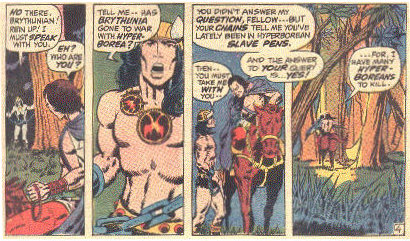
On the way to the Brythunian camp we meet Eevin, who warns Dunlang to stop his journey to the camp for she has had a vision of her lover’s death.
The story switches scenes once more, and we are taken to the neutral ground between the Brythuian and Hyperborian camps. Here, Malachi and Kormlada are engaged in an important conversation. Malachi is the Brythunian Calvary Commander and quickly, we learn, a traitor to his people. Kormlada is his secret Hyperborian lover. She is also the wife of the Hyperborian king, King Tomar.
Kormlada is King Tomar’s messenger as well and broker of a deal. In exchange for Malachi’s loyalty, he will become a rich man. Malachi agrees, saying, “When the fateful moment comes in the morrow’s battle, I shall hold back my horsemen and the day shall belong to King Tomar.”
You can’t really trust someone who would betray his own people, so it should come as no surprise to anyone that Malachi adds, “But I want more than Tomar’s promise of riches in return for my treachery, I want also the kiss of the a devil-born queen.” Malachi and Kormlada then embrace.
Back and forth we go between the two camps. We discover the reasons for battle between the two nations, and are exposed to the ominous feelings various characters have of Gray death and dark foreboding. It also seems that Kormlada – who is mistreated at the hands of her king – plans to kill Tomar after the Brythunians are defeated and set up her lover Malachi as her puppet king.
We also meet the king of the Brythunians, King Brian (who is Brian Boru in the original source material). Drama continues to keep the story propelled to the day of the great battle where Conan, armed only with the chains that bound him earlier (it was his vow to not take them off until he killed those who bound him in the first place.) The battle and Conan taking his revenge are only the beginning of Conan’s problems.
Will Conan face off against his former captors? Will Borri Borri – the Gray Man – reappear with the Valkyries? And will his prophetic warnings come true? And how will the famous historical battle from Howard’s original story be adapted into this comic?
CAPSULE REVIEW: Roy Thomas really outdid himself. He’s created a Conan story that uses source material from a Howard work that doesn’t even have Conan in it, yet he includes and retains the historical figure of Brian Boru and the important historical Battle of Clontarf (although untitled in the Conan story.)
Now add Odin, known as Borri Borri, twelve Valkyries, and mix it all together with revenge, betrayal and the passing of kings! I can visualize Roy Thomas throwing down the gauntlet, saying, “Yes, I can write Conan!” And as we know, hardly anyone challenged that notion, a testament to his 115-issue run on the series. I would give this story a 7.5 out of 10.
On eBay, CGC-graded versions 9.2 and higher range from $100-150. Many copies in that price range remained unsold in completed auctions. Ungraded copies claiming to be in VF condition appear to sell for much less, usually under $50. One copy sold for less than $12.00 in the last 60 days.

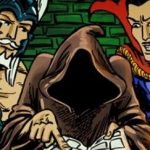
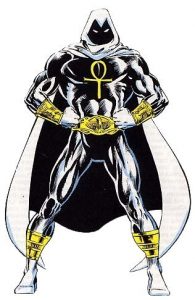

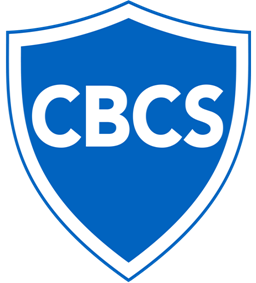


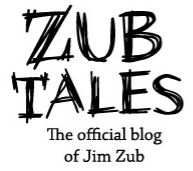

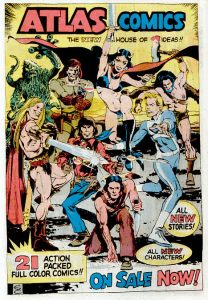

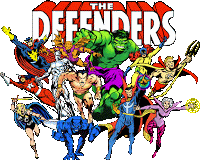
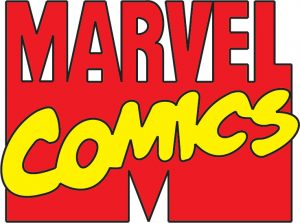

 Posted in
Posted in  Tags:
Tags: 